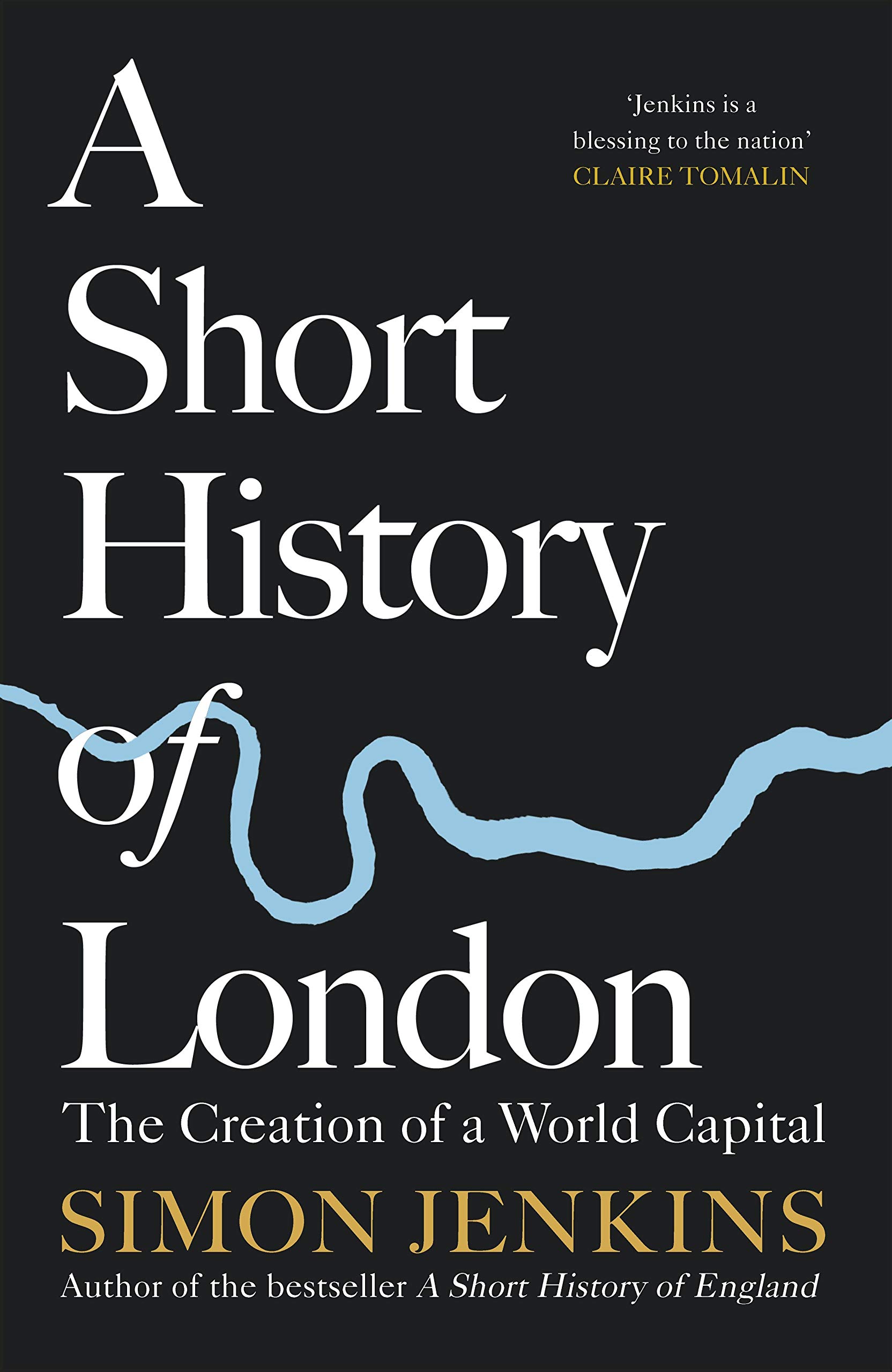Post
BOOK REVIEW | A Short History of London by Simon Jenkins
25 Mar 2020
A Short History of London: the Creation of a World Capital
By Simon Jenkins
(Penguin/Viking, £25)
Reviewed by Peter Watts
With bookshelves already struggling under the collective weight of important London histories by Roy Porter, Peter Ackroyd, Jerry White and Stephen Inwood, some might wonder what another author can bring to the party. In his introduction, Simon Jenkins pre-empts this line of enquiry by politely but firmly laying out his credentials. As well as editing two London-based newspapers, serving as a school governor twice and juryman thrice he has sat on the boards of British Rail, Transport for London, Museum of London, South Bank, Old Vic, Somerset House, Paddington Housing, English Heritage, National Trust, Save Britain’s Heritage and the Twentieth Century Society. ‘I now pass through the city like a veteran soldier, bearing daily witness to past victories and defeats,’ he observes.
To maintain the analogy, Jenkins’ narrative unfurls more like an exhausting siege than a lightning invasion. His history might be short – we are at 1500 AD after 50 pages – but it’s not particularly sweet. Instead, the style is dogged and methodical, with a general focus on issues of governance, landownership, planning and architecture, as we arrow towards Jenkins’ personal interest in conservation. But every now and then, he presses pause on the sushi belt of facts to bring his personal history to the fore, recalling experiences and encounters with individual streets, buildings, architects, planners and politicians – even a pair of well-dressed Bethnal Green drug dealers following a seminar about legalisation.
These moments bring vision and insight to a book that can sometimes feel like history-by-numbers and are salient reminders of Jenkins’ experience and knowledge. At one point, he tells us that he has always imagined Chaucer’s London as combining the squalor of 1970s Calcutta with the topography of York. Later, when discussing the 1951 Festival of Britain, he is able to remember both visiting the site as a spellbound child and then making a documentary about it 25 years ago and trying to comprehend the ‘depth of trauma’ in which it had been created, as the architects explained their wish to rediscover their youthful optimism before it was betrayed and battered by war.
As anybody who has read Jenkins’ columns in the Guardian and Evening Standard will know, Jenkins is not afraid of controversy, but there’s surprisingly little of this here. Some bugbears emerge. He really hates the Barbican, using it repeatedly as evidence of London’s failed capacity for planning and development, at one point claiming, somewhat questionably, that it ‘must be the most deserted thirty acres in the heart of any European city... the long term future of the estate must be dubious.’ Even greater humiliation befalls the Hayward Gallery, which is compared unfavourably with the Millennium Dome.
No fan of London’s post-war reconstruction, Jenkins is amusingly withering about some of the more hair-raising proposals contained within the spirit of Abercrombie and Buchanan, the latter illustrated with plans for a Fitzroy Square ‘lost amid a maze of slabs, decks, feeder roads, dual carriageways and spaghetti junctions, all to replace a traffic light at the top of Tottenham Court Road’. He similarly attacks other periods of disruption such as the ‘brutal’ arrival of railways and the pre-war demolition of aristocratic palaces in St James’s and Mayfair. Although conservation rules are now much tighter, we are in the throes of another such frenzy, and what makes the book a helpful addition to Ackroyd et al is that it can explore the repercussions arising from the construction boom of the past two decades as well as look at the impact of the GLA, Olympic Games and 2008 crash on our city.
The three mayors also get put under the spyglass, with Boris Johnson’s legacy of vanity projects and terrible skyscrapers receiving particular disdain. That brings us to Brexit – the book is peppered with allusions to European cooperation and warnings of the dangers of isolationism. This is something he takes right back to Geoffrey of Monmouth’s claim that London was founded by Brutus. ‘Even in myth,’he notes, ‘London was seen as bonded with “Europa”. After more than 2,000 years and nearly 400 pages, this mood is unchanged. London, we are informed in the conclusion, is a European city and it ‘always would be’. That this even needs to be said says more about the times we are living through than it does anything else.
